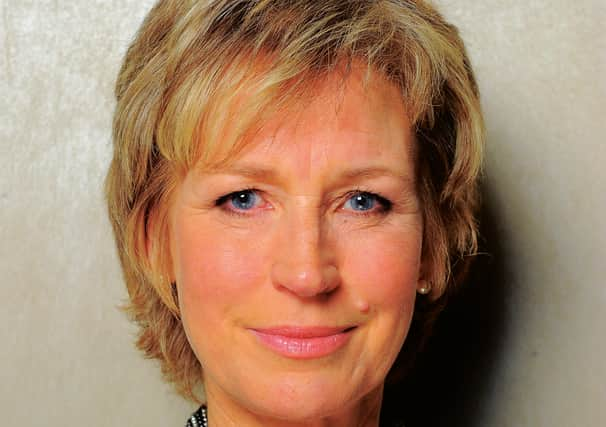Book review: The Ninth Child, by Sally Magnusson


There is no doubt the book is well researched, documenting an area of Scotland’s history which is perhaps unknown by many, and a fascinating period of history it is. It is a time when huge scientific and cultural advances were being made, but when women often had little choice over their own destiny and lived within tight constraints.
The book tells the tale of doctor Alexander Aird and his wife, Issy, who have relocated to support the building of the new Loch Katrine waterworks, which it is hoped will help protect Glasgow from disease. By blowing holes into the ground using gunpowder, however, some locals fear that the construction of the works could disturb the land of the faeries beneath.
Advertisement
Hide AdIssy, like most middle-class women of her time, feels that she is regarded as useful only for the rearing of children – which is something she has so far been unable to achieve. The beginning feels a little slow, setting the scene of Issy’s life and her tragic history of miscarriage and loss. Desperate for a baby after eight miscarriages, her own personal problems eclipse any feelings of uncertainty about the move north.
As the novel continues, however, things begin to heat up. The hard facts of Glasgow’s history mix with fantasy following the introduction of a mysterious character dressed in black who appears to be a preacher, Robert Kirke, who died almost 200 years earlier and who is, legend says, believed to have been abducted by the faeries.
While this book will undoubtedly be popular with fans of historical fiction, the language borders on the flowery and clichéd at times. Phrases like “her parasol-a-twirl” and “matters which Highlanders drink in with their mothers’ milk” might make some readers feel like gnawing off their own elbows.
What Magnusson does well, however, is create a strong sense of place, really tapping into locations such as Loch Katrine and Doon Hill near Aberfoyle, where the mysterious real-life story of Robert Kirke is believed to have taken place. Overall, this is an accomplished piece of writing, cementing Magnusson’s place, not just as one of Scotland’s best-loved broadcasters, but one of Scotland’s leading writers of historical fiction.
The Ninth Child, by Sally Magnusson, Two Roads, £9.99
Comments
Want to join the conversation? Please or to comment on this article.